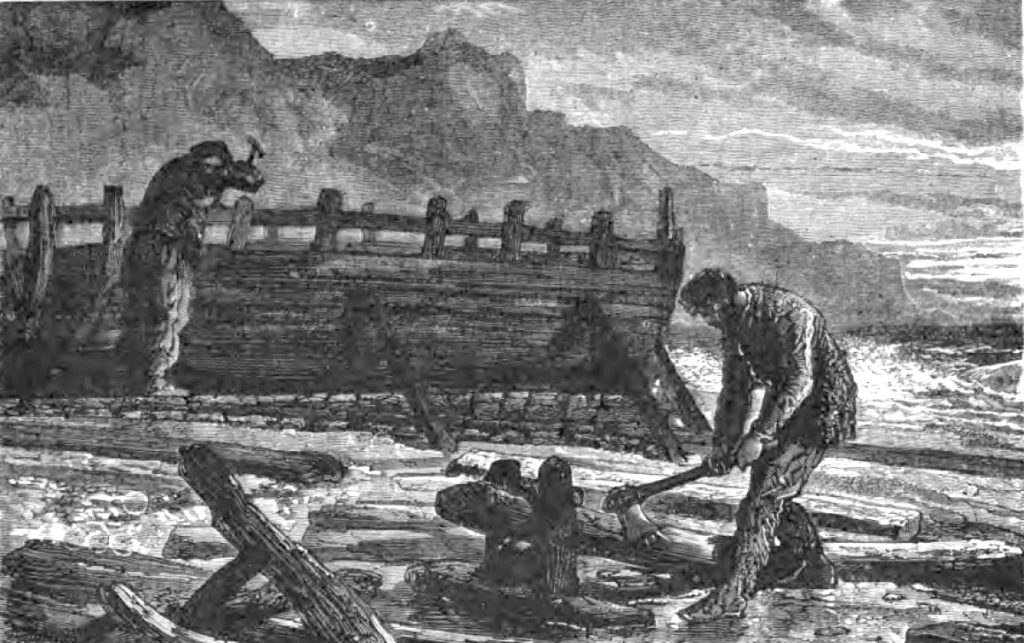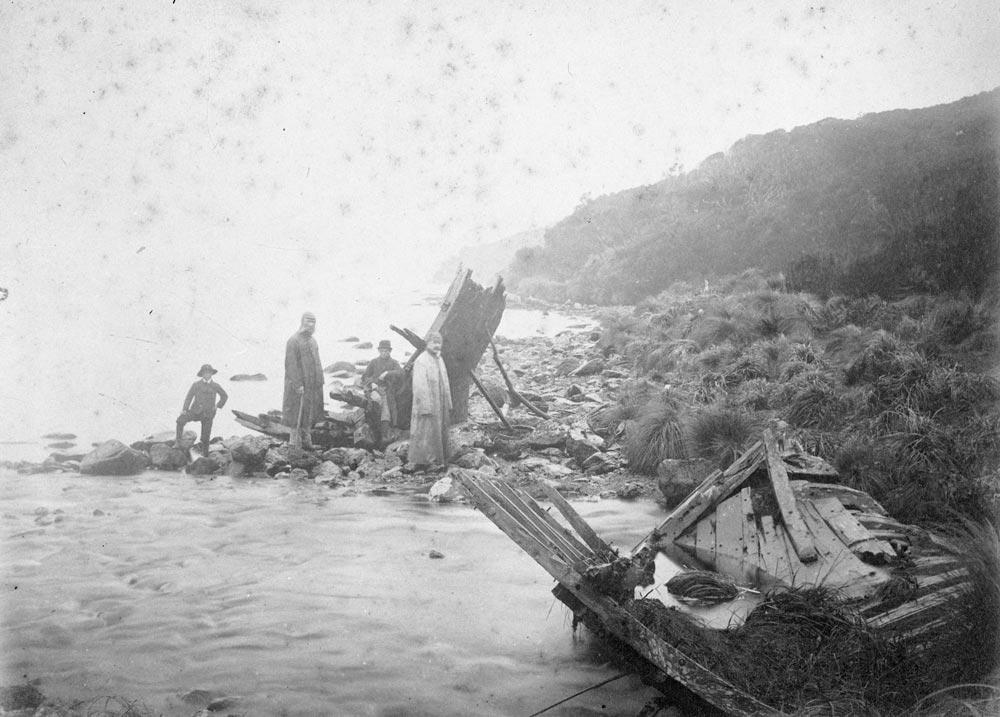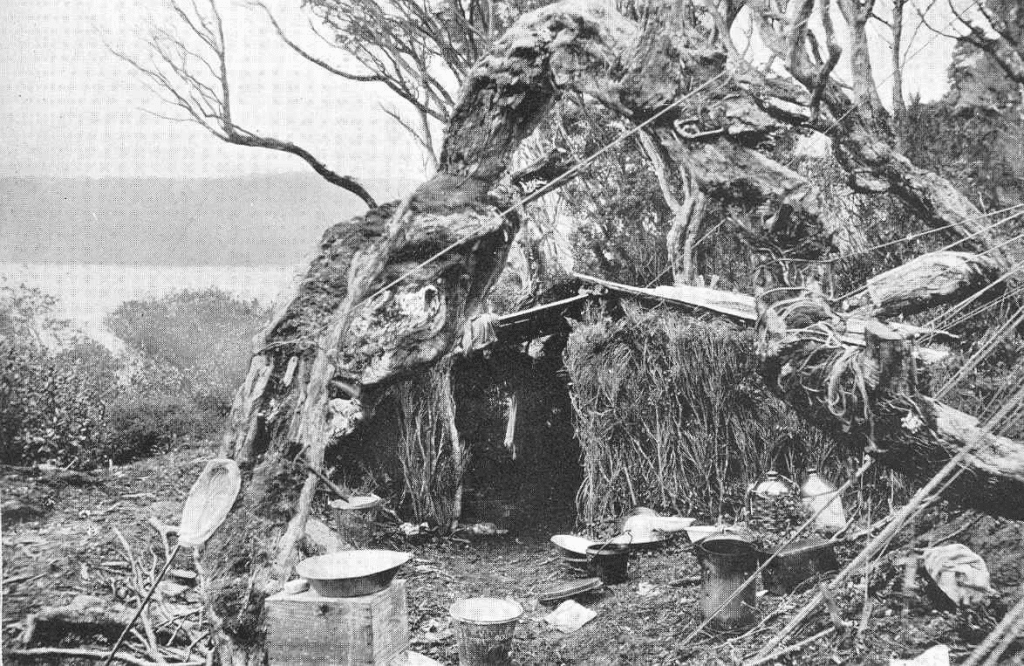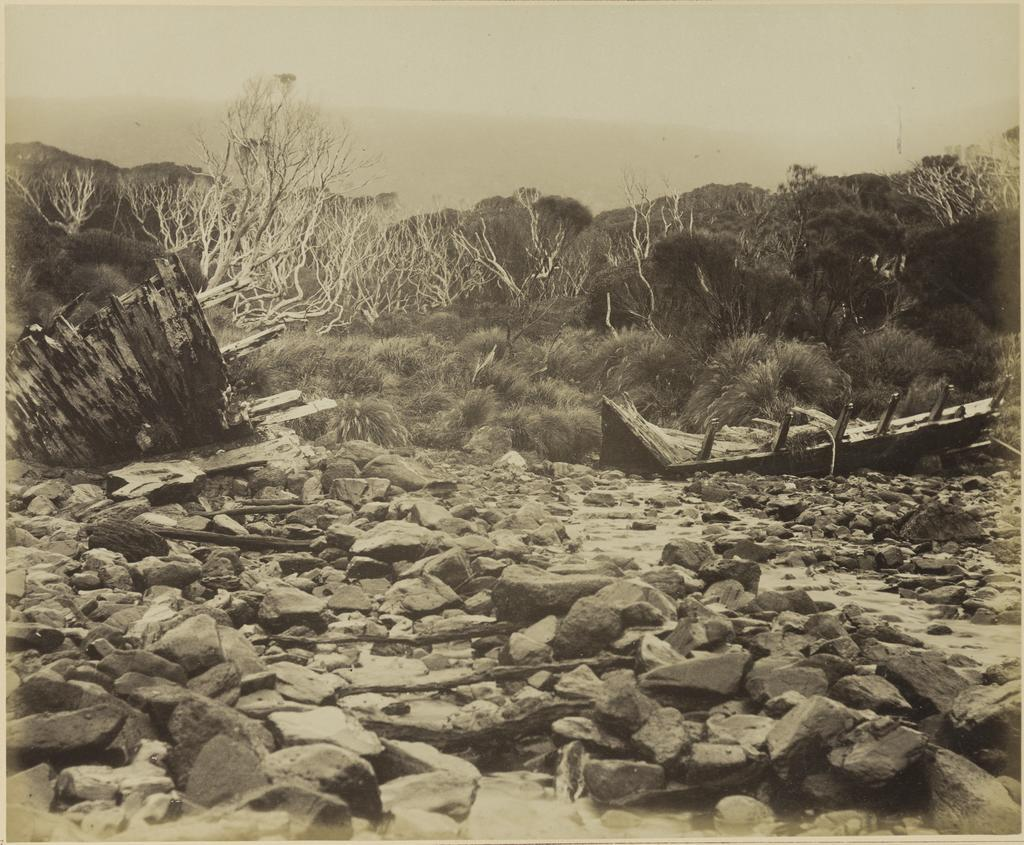In the remote waters of the Southern Ocean, just south of New Zealand, lies Auckland Island a place of relentless winds, freezing temperatures, and rugged, uninhabitable terrain. Few would choose to step foot there. But in the late 19th century, five shipwrecked men had no choice. Their ship was lost, their supplies were limited, and hope of rescue seemed distant. Yet, what followed was a remarkable story of human ingenuity, teamwork, and survival.

Stranded and Surrounded by Desolation
The five men were part of a ship’s crew that found themselves marooned after disaster struck. With no communication, no way to signal for help, and very limited provisions, the odds were heavily stacked against them. Auckland Island was not just remote it was hostile to human life. There were no settlements, no natural food supplies beyond the wild seals, and no guarantee anyone would come looking.
But instead of giving in to despair, the men focused on survival. Their first goal was shelter. Using debris, driftwood, and what little they could salvage from the ship, they constructed a small hut, which they named Epigwaitt. It would become their refuge and the heart of their survival.

Building Epigwaitt: A Symbol of Hope
The makeshift shelter was nothing like a comfortable cabin, but it offered protection from the elements. Wind and rain were constant, and temperatures often hovered around freezing. Still, within its wooden walls, the men found warmth, camaraderie, and a shared mission to survive.
Video: Shipwreck Tales – The Grafton
Epigwaitt was more than just a place to sleep. It was a symbol of resilience. Inside, the men organized chores, planned hunting trips, and took care of each other. Everyone had a role, and no one allowed the cold or hunger to break their spirit.
Hunting Seals and Staying Alive
With few resources, the crew turned to one of the island’s few offerings seals. They hunted seals for meat, oil, and skin. Seal meat became their main source of food, while oil was burned for light and warmth. Skins were used to repair clothing and insulate their shelter. Every part of the animal was used. It wasn’t pretty, but it was necessary.
The hunting required strategy, strength, and cooperation. The terrain was slippery and dangerous, and the weather could change in an instant. But through their combined effort and constant vigilance, they managed to keep themselves fed and fueled.

Turning a Dinghy into Their Only Hope
Months passed with no sign of rescue. That’s when the men turned to their final chance: a small, damaged dinghy. It had survived the wreck, but it was barely seaworthy. Undeterred, they set about repairing it using makeshift tools, seal oil for waterproofing, and their own grit.
Video: S
Shipwrecks and Castaways on Auckland Island/ Motu Maha/Maungahuka
The goal was to send two of the strongest men to sail to New Zealand a dangerous journey of hundreds of miles through some of the world’s most treacherous seas. With little margin for error, they set out in the patched-up dinghy, carrying the hopes of the group.
The Power of Leadership and Teamwork
Throughout this ordeal, leadership played a vital role. Instead of descending into chaos, the group established routines and maintained a sense of order. Every decision was made with survival in mind. The emotional toll was heavy, but mutual trust kept them going.
There was no room for ego or rivalry. Whether gathering wood, tending the fire, or hunting, every member knew they were in it together. That sense of unity was perhaps the most powerful tool they had.

Conclusion: A Testament to the Human Spirit
The story of the five men on Auckland Island, their hut Epigwaitt, and their daring escape on a handmade boat is one of the great survival stories of maritime history. It is not just about endurance in the face of nature’s wrath, but about the human spirit resourceful, determined, and unbreakable.
In a world filled with comfort and technology, it is easy to forget how fragile survival can be when stripped of modern conveniences. Yet in the wilderness of Auckland Island, five men proved that with teamwork, courage, and leadership, even the most desperate circumstances can be overcome.
Their story still inspires today, reminding us that no matter how stranded we feel in life, there is always a way forward one built with our own hands, shared effort, and a fierce will to survive.


